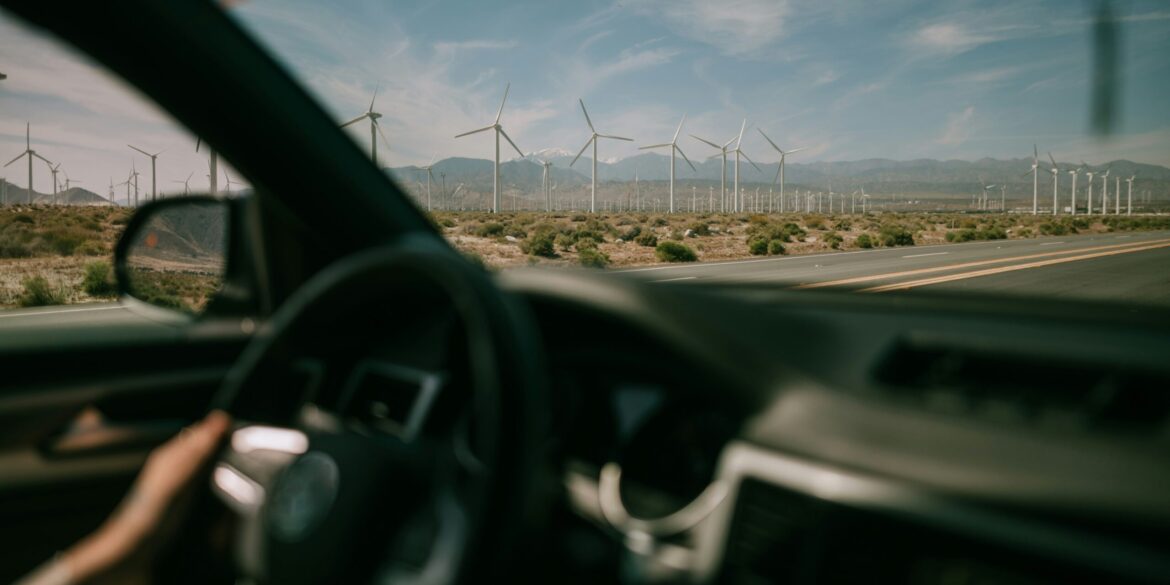On July 25, 2025, Tesla CEO Elon Musk announced a significant expansion of Tesla’s robotaxi strategy in the U.S., revealing plans for Tesla owners to earn revenue by electing to add their privately owned vehicles to Tesla’s self-driving ride-hailing network beginning in 2026.
This development follows Tesla’s early-stage rollout of its Robotaxi service in Austin, Texas, where a small fleet of Model Y vehicles, overseen by onboard safety monitors, has been operating within a geofenced zone. Expansion into San Francisco, Los Angeles, and San Antonio is planned by year-end, pending regulatory approvals.
Tesla reported a 12% drop in revenue in Q2 2025, the steepest decline in over a decade, with earnings per share missing consensus estimates. Despite this downturn, Musk framed the robotaxi program as a core growth driver. He also emphasized further innovation potential through development of a $25,000 EV, the Optimus humanoid robot, and a purpose-built fully autonomous robotaxi vehicle.
The monetization model Musk outlined invites U.S. Tesla owners to opt-in their vehicles to Tesla’s network—similar to Airbnb’s model—where they can generate income when the robotaxi software is deployed. Early projections from analysts suggest potential annual earnings up to $40,000 per car under favorable utilization assumptions, though actual participation rates remain uncertain.
This strategy reflects Tesla’s broader shift from vehicle sales to a software-driven, on-demand mobility platform. The move aims to reposition Tesla as a provider of AI-based transportation services, leveraging its autonomous Full Self-Driving (FSD) capability and vehicle-installed telematics to scale a decentralized ride-hailing network.
Tesla’s leadership outlined an aggressive timeline: regional robotaxi services in multiple U.S. cities by the end of 2025, followed by full commercial operations—without safety monitors—once regulatory hurdles are cleared. Production of the Cybercab and Robovan vehicles is projected to begin in 2026, reinforcing Tesla’s transition toward purpose-built autonomy hardware.
Investor reaction was mixed: Tesla’s stock initially fell nearly 8% after the weak earnings release, driven by concerns about declining auto sales, policy changes on EV tax credits, and slowing demand. Yet reports indicate that some investors increased their Tesla holdings, reflecting enduring confidence in Musk’s autonomous and robotics vision as a long-term catalyst.
In summary, Tesla’s robotaxi monetization model signals a bold pivot in its business strategy. By empowering owners to earn from the autonomous network and building toward a vertically integrated robotaxi ecosystem, Musk is positioning Tesla to compete not just on electrification, but on scalable AI-enabled mobility. Whether this vision materializes will hinge on regulatory clearance, technical performance, and consumer adoption.

